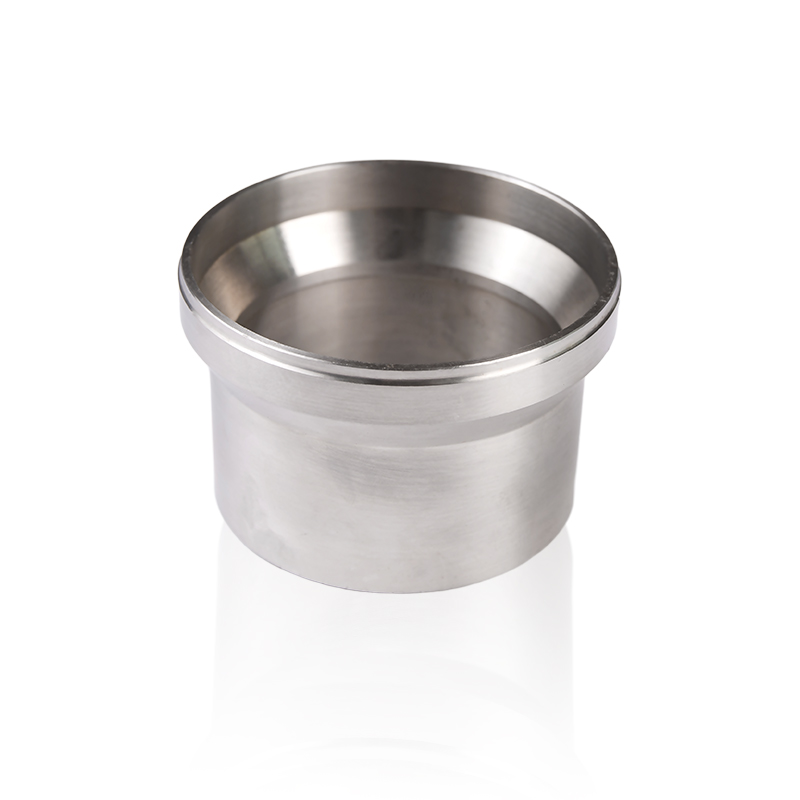Best Practices for Installing Threaded Pipe Joints to Ensure a Leak-Proof Seal
 2024.09.02
2024.09.02
 Industry news
Industry news
Threaded pipe joints are integral to various piping systems, offering a simple and effective way to connect different sections of pipe. Their widespread use across industries and in residential plumbing underscores their importance, but achieving a secure, leak-proof seal requires careful attention to installation practices. To ensure a reliable connection, several best practices should be followed.
First, selecting the correct pipe joint material and thread type is crucial. Threaded joints typically involve pipes with matching threads that screw together, creating a mechanical seal. It’s essential to use pipes and fittings made from compatible materials, such as metal or plastic, to avoid issues like corrosion or weak joints that can lead to leaks. Make sure the threads are clean and undamaged; any debris or imperfections can prevent proper sealing and compromise the joint’s integrity.
Before assembly, apply the appropriate sealant or thread tape to the male threads. Teflon tape is a common choice, as it provides a tight seal and helps prevent leakage by filling any gaps between the threads. Wrap the tape around the threads, covering about two to three turns, but avoid over-wrapping, which can interfere with the connection. For metal joints, pipe joint compound or thread sealant may be used instead of tape. This compound is designed to fill gaps and create a watertight seal, especially in high-pressure applications.

When connecting the threaded joints, ensure they are screwed together firmly but avoid over-tightening. Over-tightening can damage the threads and potentially cause leaks or even breakage. Use an appropriate wrench to tighten the joint securely, but stop as soon as you feel resistance. It’s often helpful to check for alignment before fully tightening to avoid misalignment, which can lead to stress on the threads and eventual leaks.
After installation, it’s important to test the joint for leaks. Once the system is pressurized, carefully inspect the Threaded pipe joint area for any signs of leakage. If a leak is detected, it may be necessary to disassemble the joint, reapply the sealant or tape, and reassemble it. Ensuring the joint is properly aligned and the sealant is evenly distributed can help prevent future leaks.
Achieving a leak-proof seal with threaded pipe joints involves careful selection of materials, proper application of sealant or tape, correct tightening, and thorough testing. By adhering to these best practices, you can ensure a reliable and durable connection that effectively prevents leaks and maintains the integrity of the piping system.





















